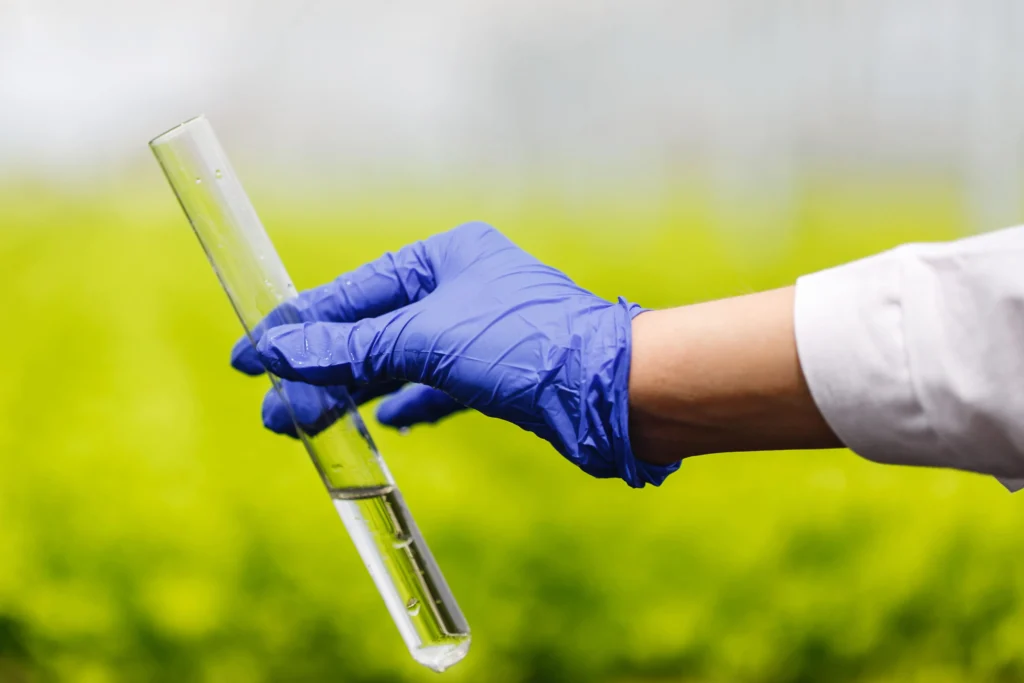Water is a vital resource for households, industries, and agriculture. Ensuring its safety and purity is crucial for maintaining public health and environmental sustainability. Regular water quality testing plays a significant role in identifying and mitigating potential threats from contaminants, ensuring compliance with regulatory standards, and promoting sustainable practices for water consumption.
Common Water Contaminants
Water sources can be affected by a variety of contaminants, including bacteria, viruses, heavy metals, and chemicals from industrial and agricultural runoff. Common water contaminants include:
- Bacteria and Viruses: Pathogens like E. coli and Giardia can cause serious illnesses if consumed.
- Heavy Metals: Lead, arsenic, and mercury can enter water supplies through corroded pipelines and industrial discharge.
- Chemical Pollutants: Pesticides, fertilizers, and pharmaceutical residues can impact water safety.
- Excess Minerals: High levels of iron, manganese, and nitrates can alter water taste and quality.
Health Impacts of Contaminated Water
Consuming contaminated water can lead to severe health issues, including gastrointestinal infections, neurological disorders, and developmental problems in children. Long-term exposure to toxic substances in water can increase the risk of cancer, kidney disease, and immune system deficiencies. Regular testing helps in early detection and mitigation of these risks.
Environmental Effects of Poor Water Quality
Poor water quality has devastating effects on ecosystems. Contaminated water can lead to:
- Algal Blooms: Excess nutrients like nitrates and phosphates promote harmful algal growth, depleting oxygen levels in water bodies.
- Loss of Biodiversity: Toxic substances in water sources can disrupt aquatic life and food chains.
- Soil Degradation: Contaminated water used for irrigation can negatively impact soil fertility and crop yield.
How Often Should Water Be Tested?
The frequency of water testing depends on the source and usage. Here are some general guidelines:
- Residential Wells: At least once a year for bacteria, nitrates, and other local contaminants.
- Municipal Water Supply: Regular testing as per government regulations to ensure compliance.
- Industrial and Agricultural Water Use: More frequent testing to monitor contamination from chemicals and heavy metals.
- Post-Disaster Testing: After floods, earthquakes, or pollution incidents, immediate testing is necessary.
Regulatory Standards for Water Quality
In India, the Bureau of Indian Standards (BIS) and the Central Pollution Control Board (CPCB) set regulatory standards for drinking water quality. Adhering to these guidelines ensures water safety and prevents health hazards. Some key parameters regulated include:
- Microbiological Standards: Zero presence of coliform bacteria and pathogens.
- Chemical Standards: Limits on arsenic, fluoride, and heavy metals.
- Physical Standards: Acceptable levels of pH, turbidity, and dissolved solids.
Maintaining Water Quality
Regular monitoring, filtration systems, and proper wastewater treatment are essential for maintaining water quality. Some effective strategies include:
- Installing Water Purification Systems: RO, UV, and activated carbon filters can remove contaminants.
- Periodic Cleaning of Storage Tanks: Prevents bacterial and algal growth.
- Sustainable Practices for Water Consumption: Reducing pollution, conserving water, and adopting eco-friendly waste disposal methods.
- Community Awareness Programs: Educating the public on water conservation and contamination prevention.
Conclusion
Regular water quality testing is an essential practice to ensure the safety of drinking water, protect public health, and sustain environmental balance. By identifying contaminants early, adhering to regulatory standards, and maintaining water quality through effective measures, we can ensure access to clean and safe water for all. Water Supply in Kochi must prioritize these efforts to enhance water security and promote sustainable consumption practices

